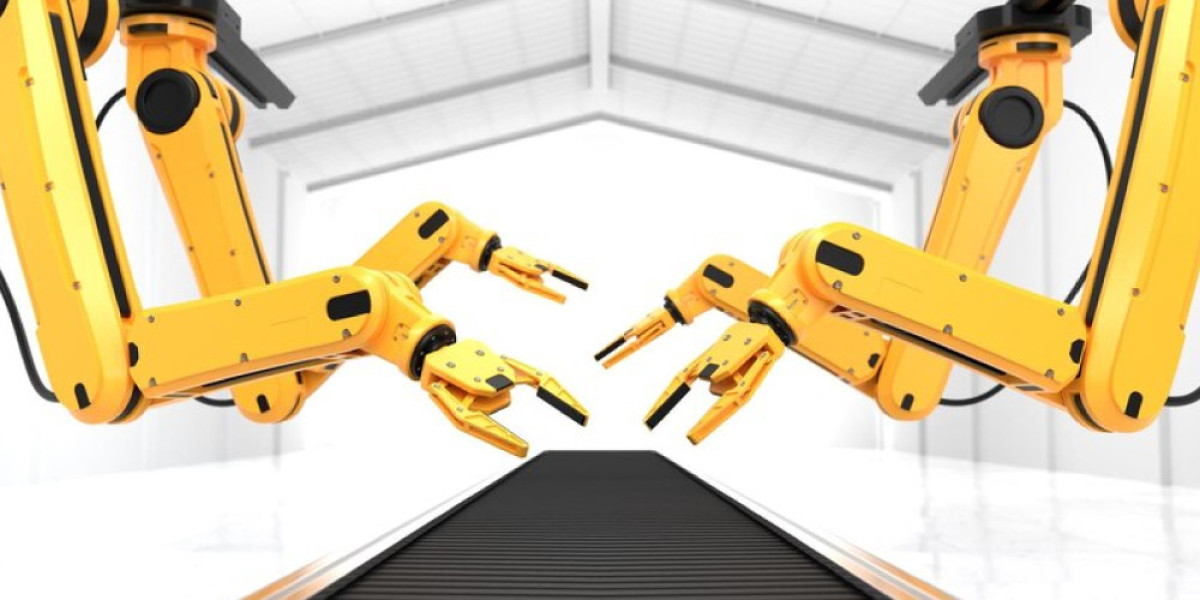As Per Market Research Future, the rise of pneumatic and electric actuators is transforming the valves and actuators market, offering enhanced efficiency and precision. These actuators provide effective solutions for controlling valve operations in various industrial applications. The growing trend towards automation and the need for energy-efficient systems are driving the adoption of pneumatic and electric actuators. As industries prioritize reducing operational costs and improving safety, the demand for these advanced actuator technologies is expected to increase.
The valves and actuators market plays a crucial role in modern industrial automation, providing essential solutions for controlling the flow of fluids in pipelines. Valves regulate the flow, pressure, and direction of liquids, gases, and slurries, while actuators automate valve operation, enabling remote and precise control. This market is growing rapidly as industries prioritize operational efficiency, safety, and process optimization.
Market Dynamics and Growth Factors
The growth of the valves and actuators market is driven by increasing industrial automation, stringent regulatory standards, and the rising demand for energy-efficient systems. With industries facing pressure to reduce operational costs and improve reliability, automated valve solutions have become indispensable. Technological innovations such as smart actuators, integrated sensors, and IoT-enabled systems have enhanced the efficiency and accuracy of valve operations.
Environmental sustainability is another critical driver. Companies are adopting valve solutions that minimize leakage, conserve energy, and reduce carbon emissions. In addition, urbanization and infrastructure development, particularly in emerging economies, have increased the demand for reliable fluid control systems in water treatment plants, power generation facilities, and industrial manufacturing units.
Technological Innovations in Valves and Actuators
Technological advancement has transformed the valves and actuators market. Electric, pneumatic, and hydraulic actuators now offer precise control and operational flexibility. Smart actuators with IoT connectivity provide real-time performance monitoring, predictive maintenance, and remote operation, reducing downtime and increasing productivity.
Material innovations have also improved valve durability and performance under extreme conditions. Advanced alloys, corrosion-resistant coatings, and high-strength composites ensure long service life, especially in the oil and gas, chemical, and marine sectors. Digital control systems integrated with actuators allow industries to automate complex processes efficiently while ensuring safety and compliance with regulatory standards.
Market Segmentation and Applications
The market is segmented by valve type, actuator type, end-user industry, and region. Valve types include ball valves, gate valves, butterfly valves, globe valves, and check valves. Actuator types include electric, pneumatic, and hydraulic actuators. The major end-user industries are oil and gas, chemicals, water and wastewater management, power generation, and pharmaceuticals.
The oil and gas sector remains the largest consumer due to the need for robust and reliable flow control systems in exploration, production, and refining processes. Water and wastewater treatment facilities increasingly rely on automated valves and actuators to maintain consistent flow, pressure, and treatment quality. Chemical and pharmaceutical industries demand precise control for complex reactions, highlighting the importance of advanced valve and actuator solutions.
Regional Insights
North America and Europe dominate the valves and actuators market, driven by mature industrial bases, adoption of automation, and regulatory compliance requirements. Asia-Pacific is witnessing rapid growth, fueled by industrialization, infrastructure development, and investment in energy and water projects. The Middle East and Africa present opportunities in oil, gas, and petrochemical projects, while Latin America is gradually adopting automation to enhance operational efficiency and reliability.
Challenges and Future Outlook
Key challenges include high installation costs, technical complexity, and maintenance requirements. However, advancements in digital actuators, modular systems, and remote monitoring are expected to overcome these hurdles. The market is poised for substantial growth as industries continue to adopt smart, automated, and energy-efficient valve solutions to optimize operations, improve safety, and meet environmental standards.
Short FAQs
Q1: What is the function of an actuator in a valve system?
An actuator automates valve movement, enabling precise and remote control of fluid flow.
Q2: Which industries benefit the most from valves and actuators?
Oil and gas, chemical, power generation, water treatment, and pharmaceuticals benefit significantly.
Q3: What trends are shaping the valves and actuators market?
IoT integration, smart actuators, energy efficiency, and digital monitoring are key trends.
More Related Reports:
Tunneling And Rock Drilling Equipment Market
Underground Utility Mapping Market








